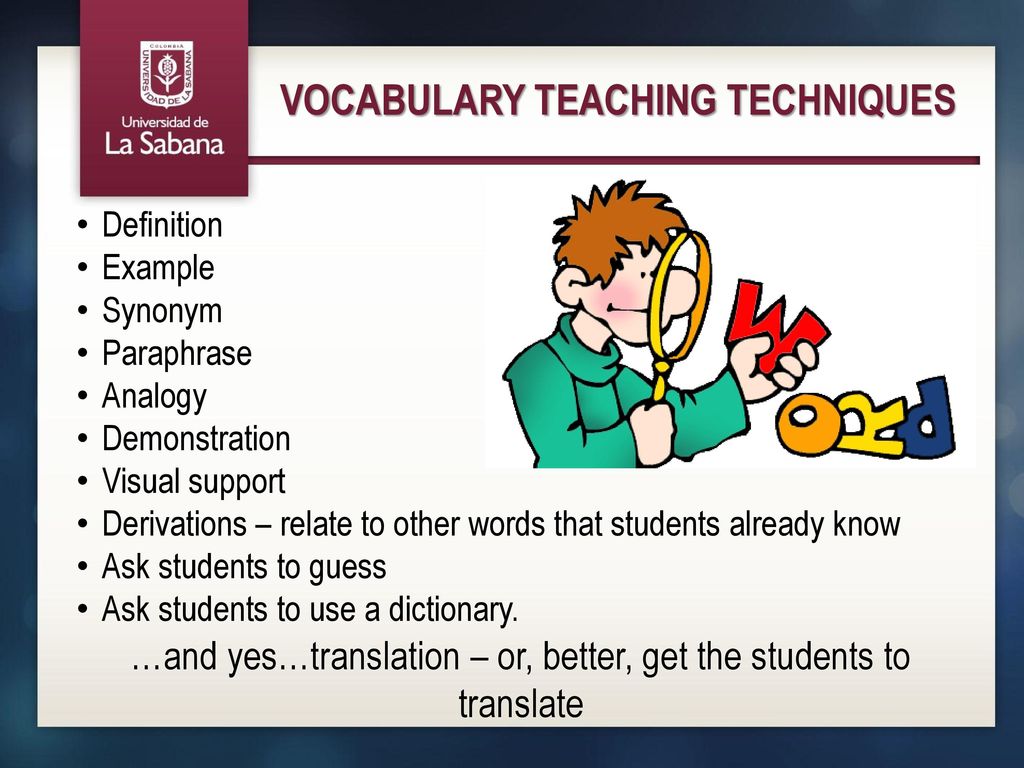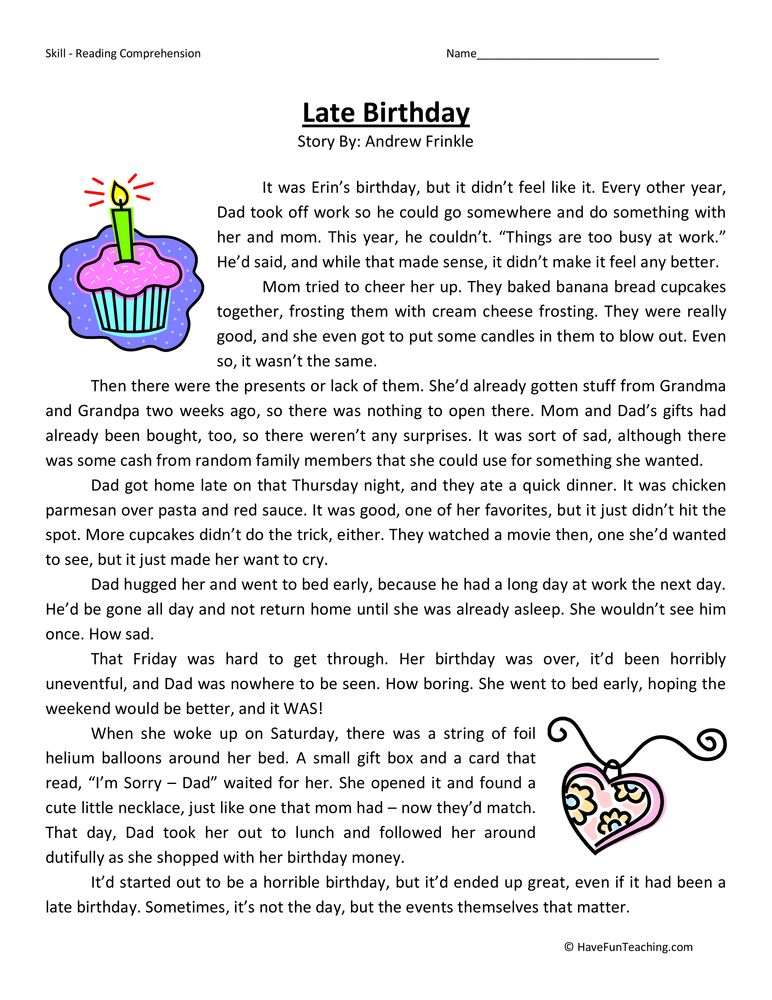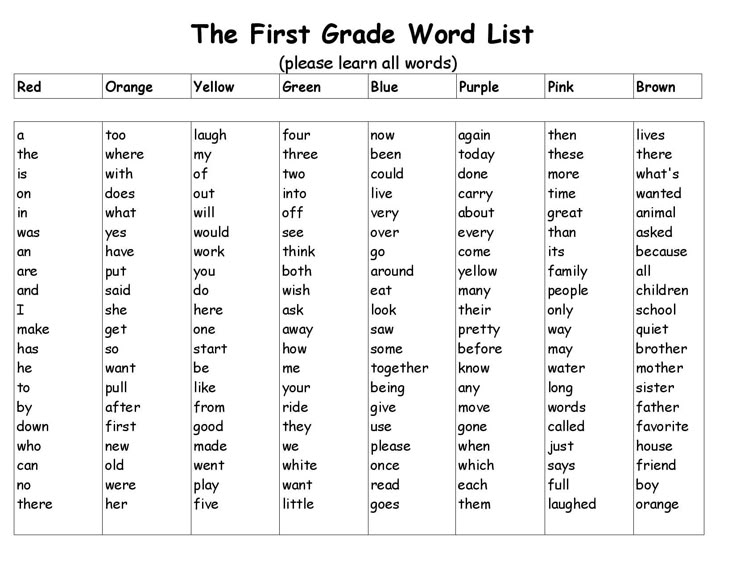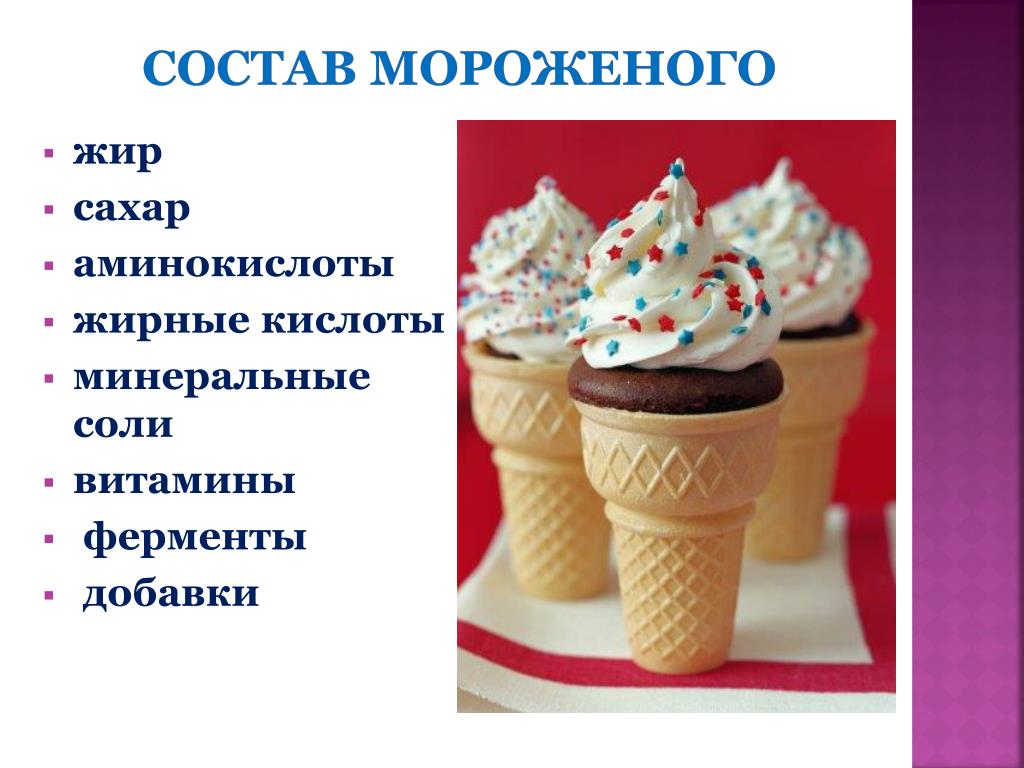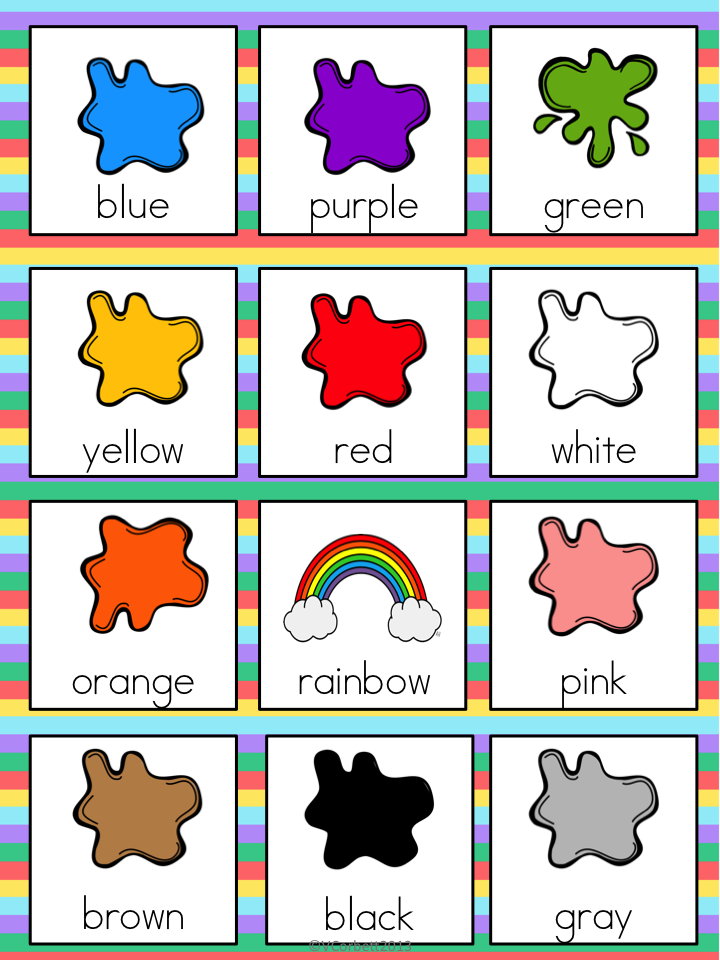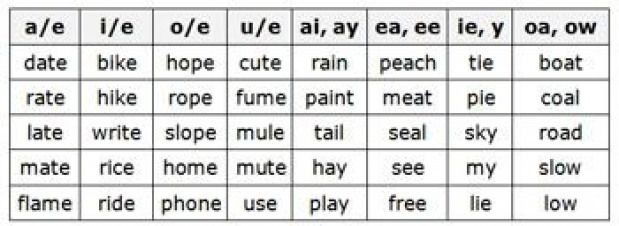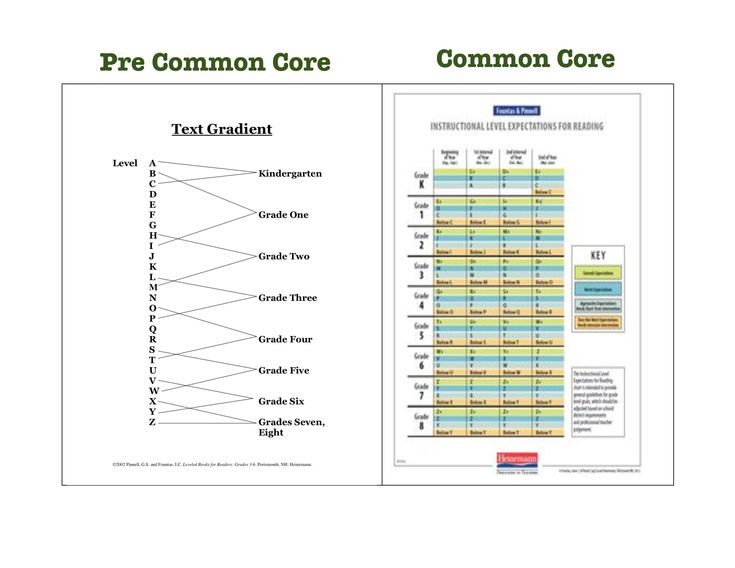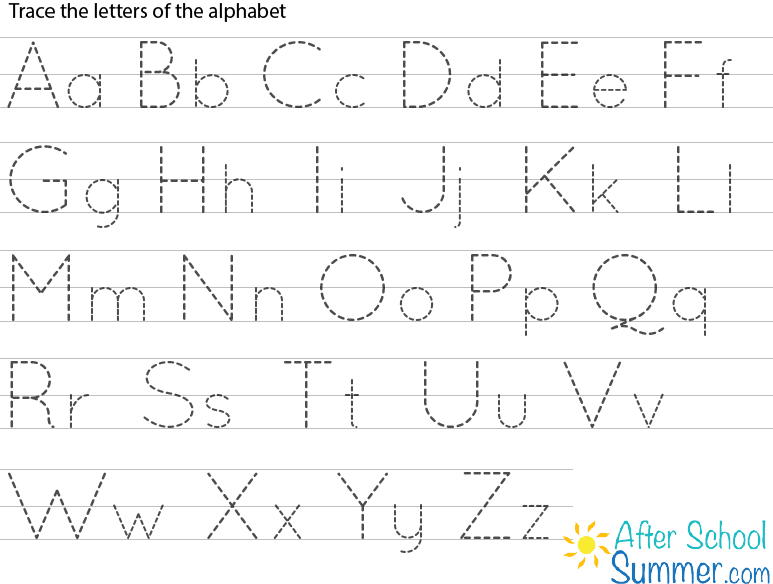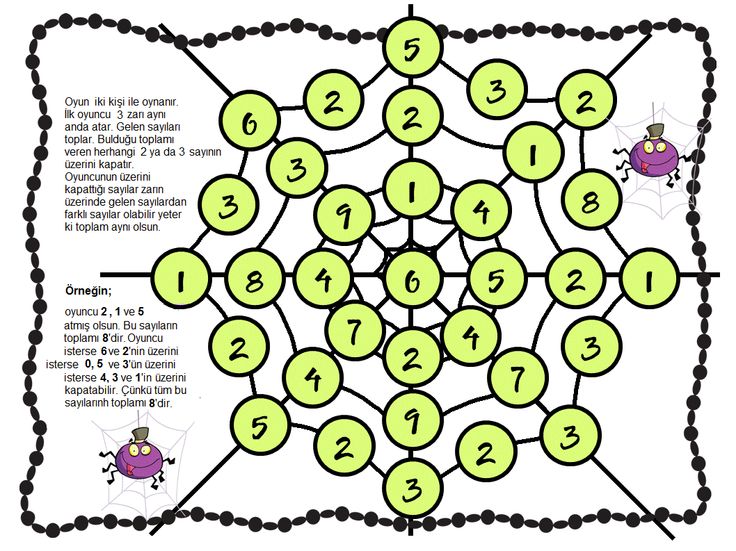Teaching of vocabulary
Five Key Principles for Effective Vocabulary Instruction
By: Timothy Shanahan
Effective vocabulary teaching has five key principles.
1. Focus on rich meanings, not just dictionary definitions.
Too often vocabulary instruction is no more than kids copying definitions from the dictionary. But researchers have identified a number of instructional approaches that outdo any learning that may accrue from copying definitions.
One of those key principles is that students work with more extensive or complex definitions or explanations of word meanings. Encourage the encyclopedia explanation over the dictionary meanings.
When I teach vocabulary, I often have the kids engage in trying to provide several different versions of a word’s definition.
- Dictionary definition
- Synonyms for the word
- Antonyms (if there are any)
- Part of speech
- Classification (what semantic group does it belong to, like tools or ways of talking)
- Comparison (it is like____, but different because______)
- Real-life examples
- Graphic version (drawings, pictures, representations)
- Acting it out
By the time you’ve come up with nine different explanations of a word you are more likely to remember it (and, of course, we can do more than just these nine if we want to get into analogies, part-whole relationships, and the like).
2. Emphasize the connections among words.
Many vocabulary programs introduce words by category, such as focusing on words from health and medicine or about transportation, including some that have research showing that they can be effective. However, direct research specifically on this aspect of teaching, suggest that word learning goes slower and without evident later advantage from the extra work that mastering these words entails needed to master these sets of words.
And, yet, evidence reveals that the lexicons in our heads are organized in various networks, not like dictionaries. When you remember a word, you draw from memory a plethora of related ideas—attributes, functions, and synonyms related to that word.
Start thinking diesel trucks and words like wheel, tire, dump truck, gasoline, and highway will not be far behind.
There are circumstances in which it is necessary to simultaneously introduce collections of closely related words that may require fine or subtle distinctions, such as when kids are learning about the structure of cells or atoms.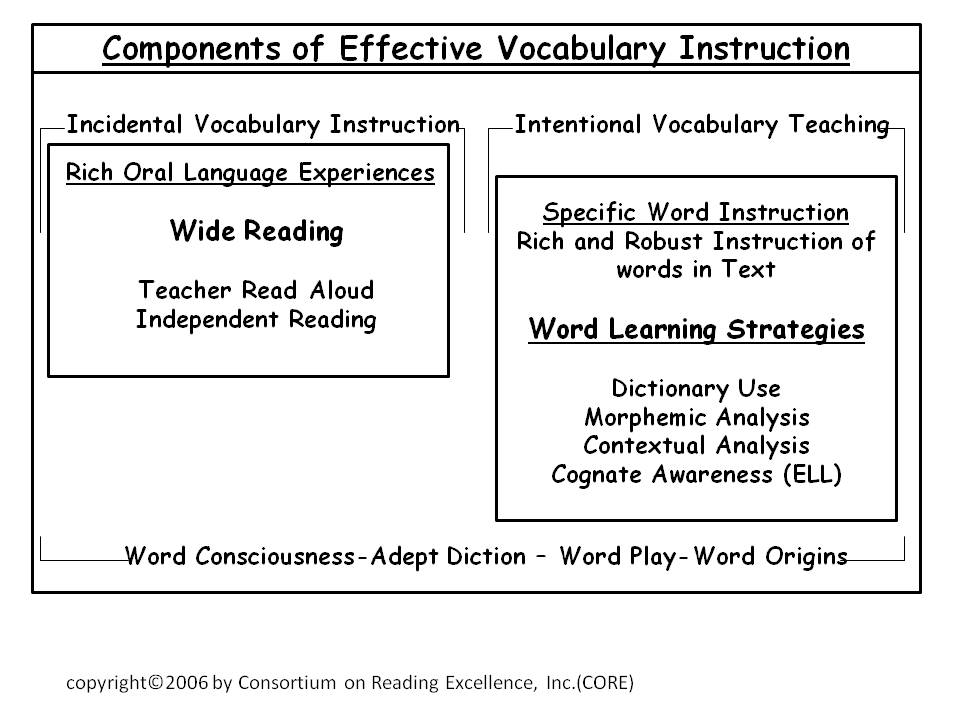 I’ll give that a pass, since such introductions are likely to be accompanied by a much deeper dive into the underlying concepts in such cases.
I’ll give that a pass, since such introductions are likely to be accompanied by a much deeper dive into the underlying concepts in such cases.
I also think it is quite reasonable when teaching words to get kids thinking about words about that concept that they may already have mastered. Linking a new word to a concept, is very different than trying to learn and link a whole collection of words.
I would avoid introducing together plethora, dearth, scarcity, cornucopia, shortage, plenty, sufficient, abundant, and liberal as some programs do. Collect such words over time as they are learned and then later you can have kids comparing the ideas or fitting them into continuum or network.
One teacher I know has her students classifying the vocabulary each week in bulletin board folders, and when a folder accumulates several related words, they revisit them as a set.
3. Promote usage of the words.
It is not enough that kids study word meanings, but they have to learn to use these words in their reading, writing, speaking, and listening.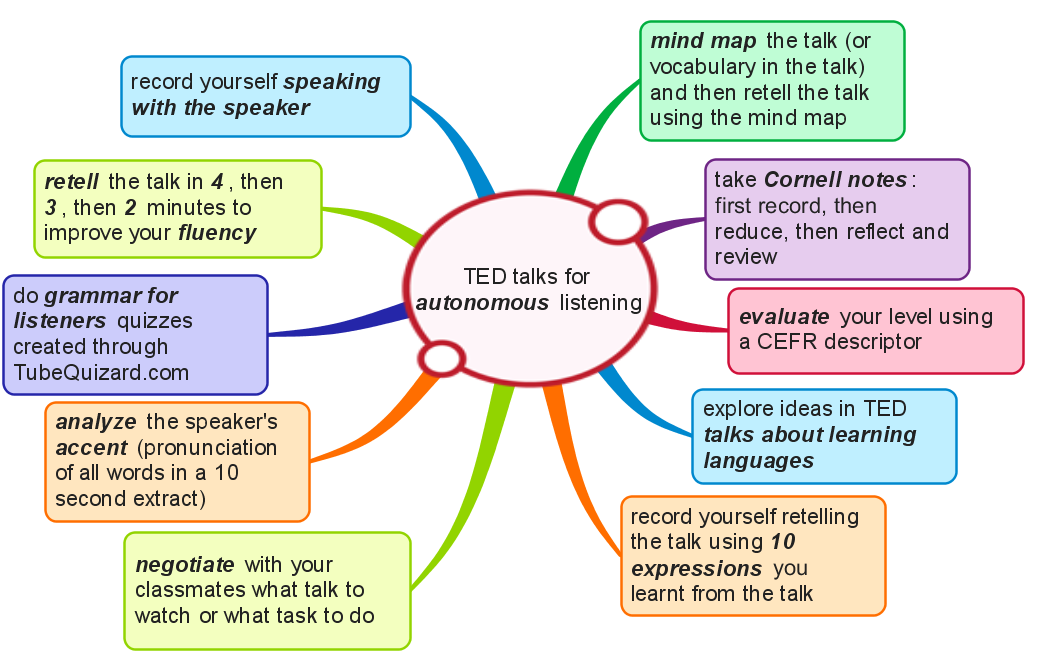 Instruction should create opportunities for kids to use words in all of these ways.
Instruction should create opportunities for kids to use words in all of these ways.
For instance, that rich vocabulary assignment that was described earlier can be done by groups of kids working together to come up with those multiple definitions. That kind of cooperation requires that kids talk with each other about the words. Additionally, I often assign small numbers of words to each group and then have them get together to teach each other the words that their groups studied… more speaking and listening.
One might reward kids for using the studied vocabulary in their writing — or that can be required in various ways.
Isabel Beck and Moddy McKeown came up with the idea of “word wizards,” which gave kids extra points in vocabulary if they could bring in evidence that they had confronted or used the words of interest. Kids get very turned on if they run across some of the vocabulary when watching television or playing their favorite computer game.
4. Review is important.
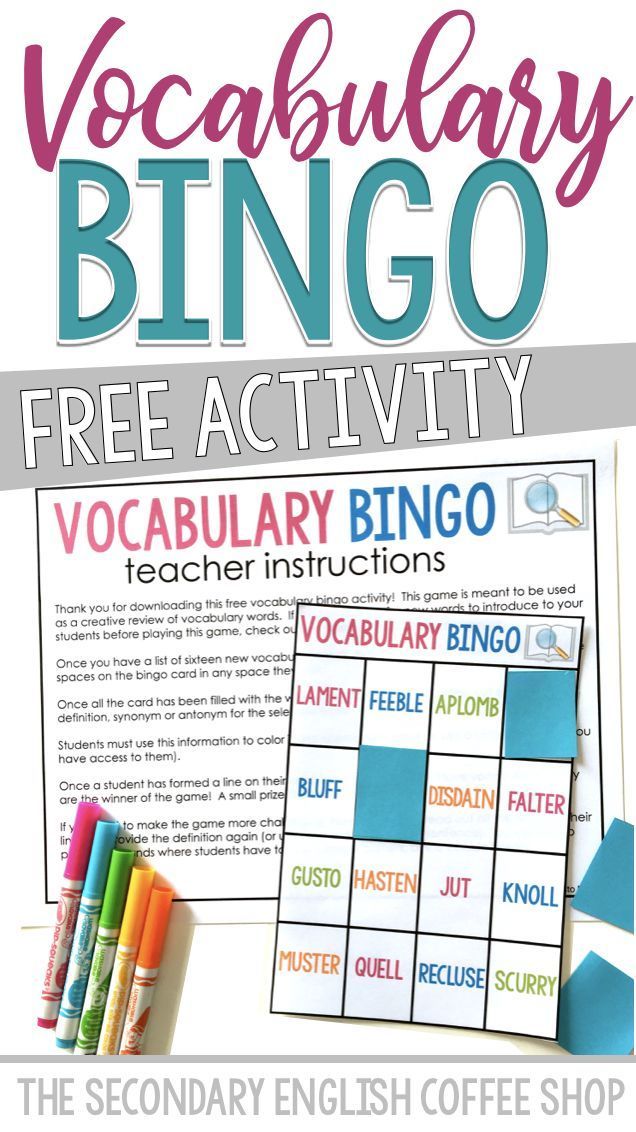
It can be hard to retain vocabulary if you don’t get a lot of opportunity to use it. We may teach vocabulary because certain words were prominent in the texts, we were reading this week, but then kids might not see them for a long time.
There are many ways to deal with vocabulary, such as having one day a week when you only work with words that have been taught (and supposedly learned) in the past — or perhaps entire weeks might be devoted to this throughout the year.
I’m a fan of including words from past weeks on vocabulary quizzes and for the use of vocabulary notebooks to help punch up kids’ writing during revision.
Another way of ensuring the words stick, is to see how many additional words students can construct morphologically, adding prefixes or suffixes or altering parts of speech and so on. I’ve written about some of the important work being done on morphology by Peter and Jeffrey Bowers before (and you can search for that on my site or on Google).
5.
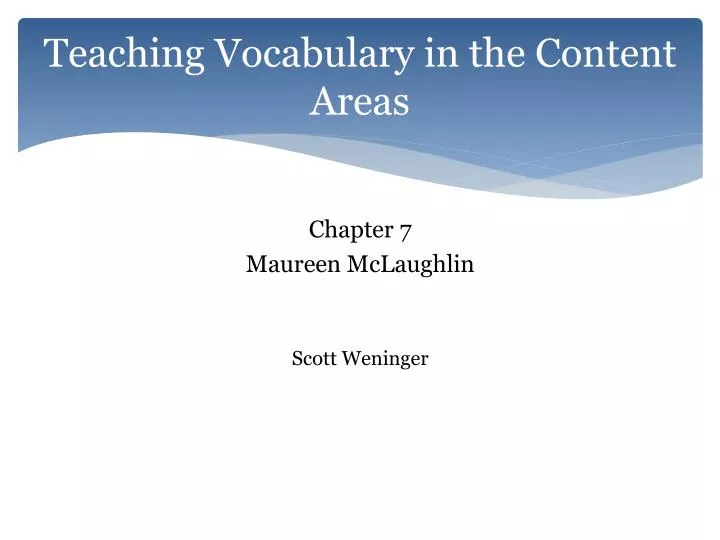 Involve students in identifying some of the words to be studied.
Involve students in identifying some of the words to be studied.I noted earlier that much vocabulary learning is incidental and, therefore, largely out of the province of schools. However, not all kids are equally good at such learning and even for those who it is easier, it can still be a tough slog requiring many experiences with a word to get it to stick.
One thing that we can do to help develop a “word consciousness” among our students is to involve them in identifying unknown words from their own reading — and to include these in your classroom curriculum. When readers get used to noticing their lack of knowledge of particular words, they will be more likely to try to resolve those gaps when reading. Kids will also be more motivated if they have some say so over the curriculum as well.
This article is excerpted from the longer blog post, Five Things Every Teacher Should Know About Vocabulary Instruction.
Five Research-Based Ways to Teach Vocabulary
Did you know that typically, only 5% to 10% of instructional time is devoted to vocabulary instruction, yet students, especially struggling students and English learners (ELs), need between 12 and 14 exposures to words and their meanings to fully learn them (Durkin, 1978/79; Roser & Juel, 1982; Scott, Jamieson, Noel, & Asslin, 2003)? Teaching the meanings of important words before learning new content activates students' background knowledge and prepares them for learning and comprehending.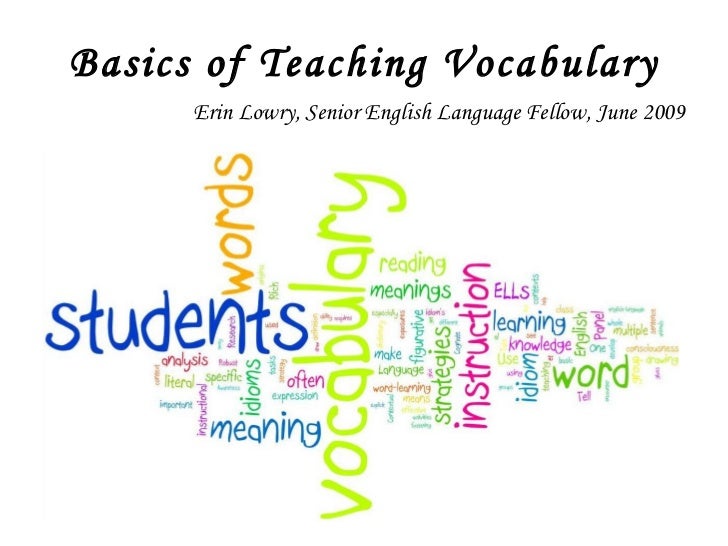 In other words, teaching vocabulary provides the “Velcro” for new information to “stick to.”
In other words, teaching vocabulary provides the “Velcro” for new information to “stick to.”
What Research Says About Effective Vocabulary Instruction
Vocabulary instruction must be explicit. Explicit vocabulary instruction includes an easy-to-understand definition presented directly to students along with multiple examples and nonexamples of the target word, brief discussion opportunities, and checks for understanding.
Vocabulary instruction must include multiple practice opportunities for using words within and across subjects. That is, instruction must be extended over time with opportunities for students to hear, speak, read, and write words in various contexts. This builds students’ breadth and depth of vocabulary knowledge.
Vocabulary should be taught schoolwide and across all subject areas. Each subject has a unique set of vocabulary terms, and students need to know their meanings and how to use them in various contexts.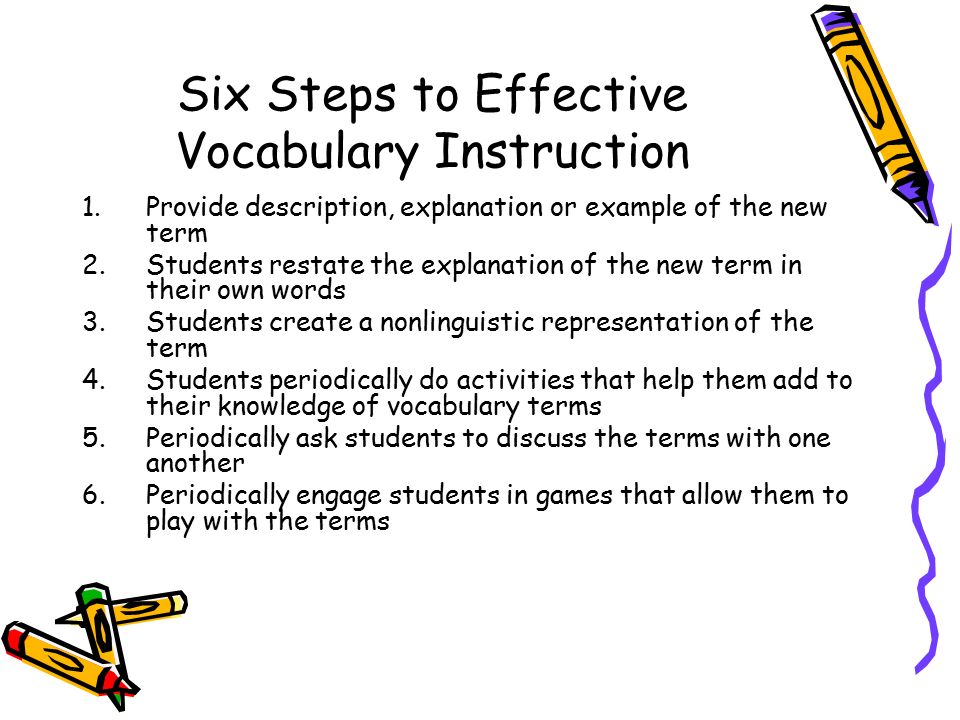
Word Selection
Instructional time is precious, and teachers are not able to address every unknown word students might encounter, so careful word selection is key. When deciding which words to target for explicit instruction, consider words that are
- essential to understanding the main idea of the text or unit,
- used repeatedly or frequently encountered across domains, and
- not part of students’ prior knowledge.
ELs may require even more careful word selection and extensive vocabulary instruction because they may be learning conversational language and academic language at the same time. Colorín Colorado provides additional information about selecting vocabulary words to teach ELs.
Some of Our Favorite Vocabulary Instructional Activities for ALL Content Areas
The five activities described below are effective ways to teach vocabulary for all students, but especially for struggling students, students with learning disabilities, and ELs.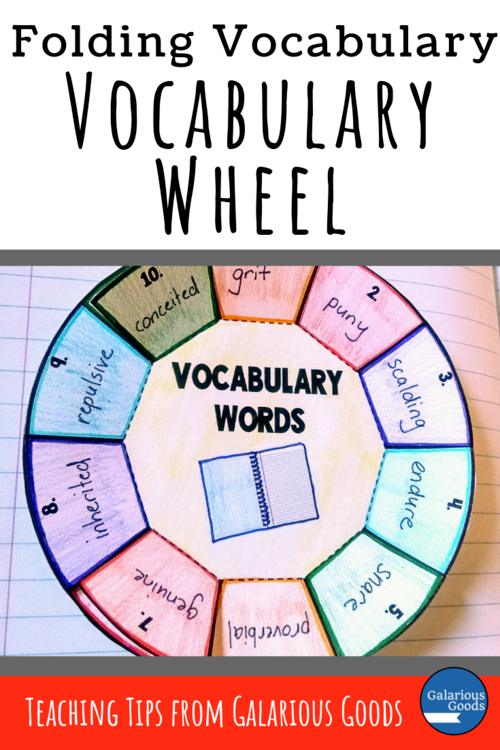
1. Essential Words Routine
Teachers use a simple graphic organizer to preteach the meanings of important words in about 5 minutes per word. During this routine, teachers introduce target words with definitions, visual cues, and examples. Students engage in immediate practice using the words through collaborative student turn-and-talk activities.
Resources- Vocabulary Maps Toolkit from Middle School Matters
- Reading Instruction for Middle School Students: Developing Lessons for Improving Comprehension (see page 11)
2. Frayer Model
One way to have students extend their knowledge of important words is through a Frayer model. This graphic organizer builds vocabulary and conceptual knowledge across content areas. The strategy requires students (not the teacher) to define a vocabulary word and then list its characteristics, examples, and nonexamples. Frayer models can be completed in collaborative groups using textbooks and other subject-matter materials while the teacher circulates around the classroom and assists students.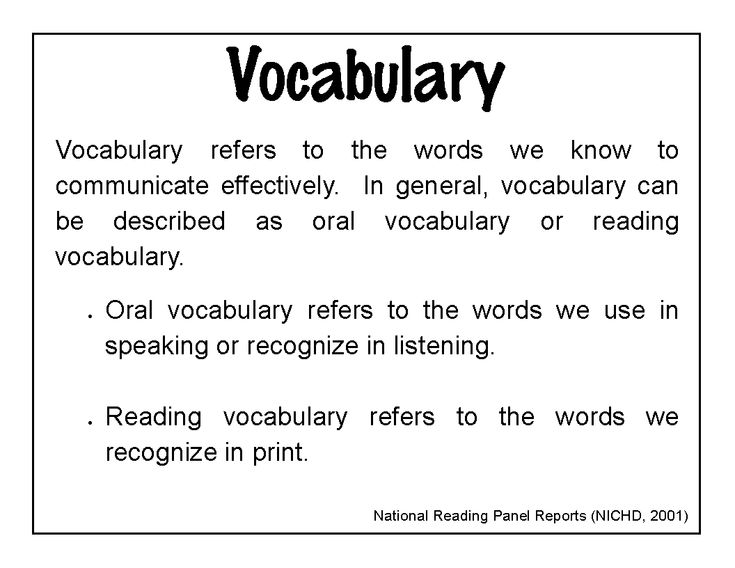
Resource
Online module, examples, and templates from the IRIS Center
3. Semantic Mapping
Semantic maps visually display and connect a word or phrase and a set of related words or concepts. Implementing semantic map activities in your classroom will help students, especially struggling students and students with learning disabilities, recall the meanings of words and understand how multiple words or concepts “fit together.” Teachers will find that using a semantic map, combined with explicit instruction and practice opportunities, is an effective way of expanding students’ vocabulary and supporting their content knowledge.
Resources
- Introduction to semantic maps and sample lesson plans from the Developers of PowerUp What Works
- Semantic mapping teaching strategy guide from PowerUp What Works
4. Vocabulary Review Activities
Multiple opportunities to practice using new words is an important part of vocabulary instruction.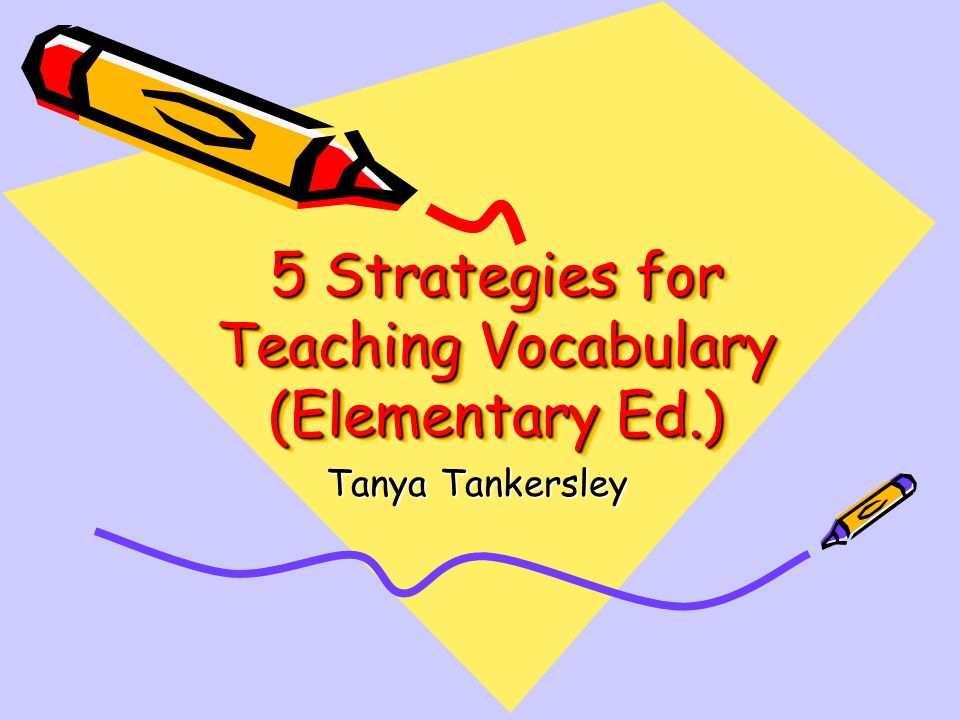 In previous TCLD research studies, brief review activities were built into novel unit lesson plans to help students practice (and remember) the meanings of important words. Each of these activities takes 5 to 10 minutes and is easy to prepare.
In previous TCLD research studies, brief review activities were built into novel unit lesson plans to help students practice (and remember) the meanings of important words. Each of these activities takes 5 to 10 minutes and is easy to prepare.
- Partner Review Routine: Partners work together to quickly review words learned the previous day.
- Sentence Review Routine: Partners create sentences using words assigned by the teacher.
- Examples and Nonexamples: The teacher tells students scenarios or shows pictures and students respond chorally to each scenario, indicating whether it is an example or nonexample.
- What Word Fits? The teacher asks a question and student partners hold up an index card with the word that fits or answers the question.
Resource
Each activity is described in more detail beginning on page 33 of the TCLD booklet Reading Instruction for Middle School Students: Developing Lessons for Improving Comprehension
5.
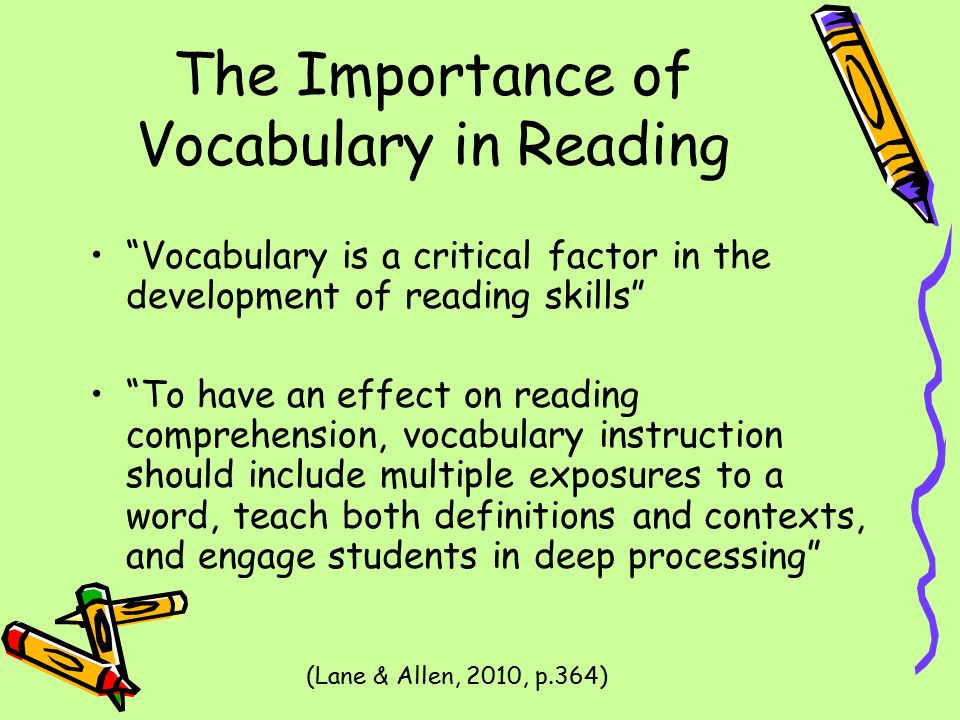 Morphemic Analysis Routine
Morphemic Analysis RoutineExplicit instruction of words is important, but it is impossible to teach all the unfamiliar words students will encounter. One way to help students develop strategies for approaching unfamiliar vocabulary is to teach morphemes (prefixes, roots, and suffixes). Students can be taught the following morphemic analysis routine to help them engage in independent word study.
Resource
Learn more about the morphemic analysis routine by reviewing this online learning module from the Texas Adolescent Literacy Academies.
Have questions? Feel free to drop us a line!
5 vocabulary exercises
Skip to content
|
How pleasant it is to listen to eloquent and competent speech when a person knows how to choose the right words and accurately describe his thought. And illiterate, “poor” speech, which is quite difficult to understand, cuts the ear just as much. It is a large vocabulary that is a sign of intellectual development and can help you in learning, working or speaking in front of a large audience.
It is a large vocabulary that is a sign of intellectual development and can help you in learning, working or speaking in front of a large audience.
Before starting the study of exercises to increase vocabulary, let's look at the types of vocabulary:
- Active vocabulary. These are the words that we use in everyday life when communicating with friends, family, colleagues. When writing letters, SMS in chat, social networks. When we speak, we do not think about the words and do not put effort into constructing sentences.
- Passive vocabulary. These are words that we know, but do not use in conversation. As a rule, the passive reserve can be 2-3 times greater than the active one. On occasion, we can search in our head and find the right words, but we do this very rarely.
- External vocabulary. These are words we don't know. Usually these are specific words from the professional field of activity.
It is quite difficult to set clear boundaries in the vocabulary. Children's vocabulary can average 1000 words, adults have 10 times more. Erudite people who are constantly engaged in self-development, read a lot of books and constantly study, have a vocabulary of up to 50,000 words. Therefore, we have selected such universal exercises to expand the active vocabulary that schoolchildren, students or specialists can perform.
Children's vocabulary can average 1000 words, adults have 10 times more. Erudite people who are constantly engaged in self-development, read a lot of books and constantly study, have a vocabulary of up to 50,000 words. Therefore, we have selected such universal exercises to expand the active vocabulary that schoolchildren, students or specialists can perform.
- Alphabet exercise. You need to come up with a sentence in which all words will begin with the next letter of the alphabet. Example: "Alina runs in the thick of trees." Try to make long sentences using words from A to Z.
- Noun exercise. Make up a story and tell it using only nouns. "Morning. Water. Walk. Dog. Tea. Breakfast. Metro. Job. Meeting. Tasks. Dinner."
- Exercise "Verbs". Repeat the previous exercise, only using verbs instead of nouns.
- Exercise "Adjectives and adverbs". Also invent a story, just voice it now with the help of adjectives and adverbs.
- Exercise "Monophone".
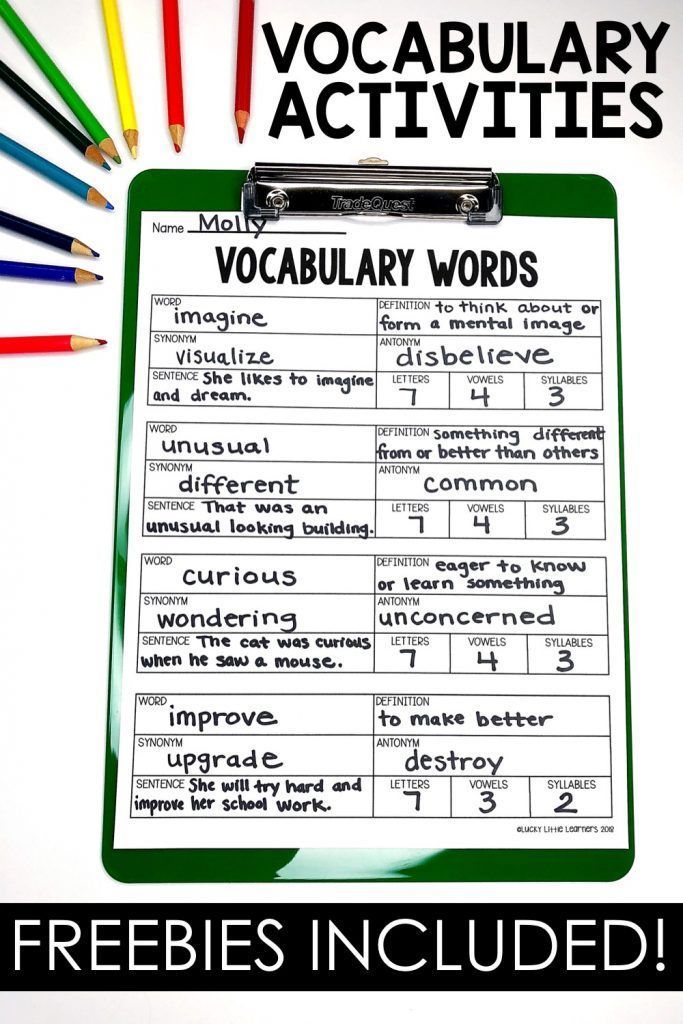 Remember all the words that start with the letter A and come up with a sentence with them, keeping the meaning. And do this with all the letters in the alphabet.
Remember all the words that start with the letter A and come up with a sentence with them, keeping the meaning. And do this with all the letters in the alphabet.
These exercises will be difficult to complete at first, so don't give up too soon. Each time, it will be easier for you to come up with stories and look for the right words. You will find even more useful information on the website "Russia - the land of opportunities". The platform hosts free online courses, webinars on marketing, PR, charity, management, psychology, and finance. Follow the link to register on the site and get access to unique programs.
Follow us on Telegram - stranavozmojnostey Share on social networksYou may be interested
5 methods of enriching the vocabulary of schoolchildren in the Russian language lessons
Speech culture is a necessary condition for the formation of a socially active personality. Interest in this problem is explained by the presence of a number of problems in today's younger adolescents.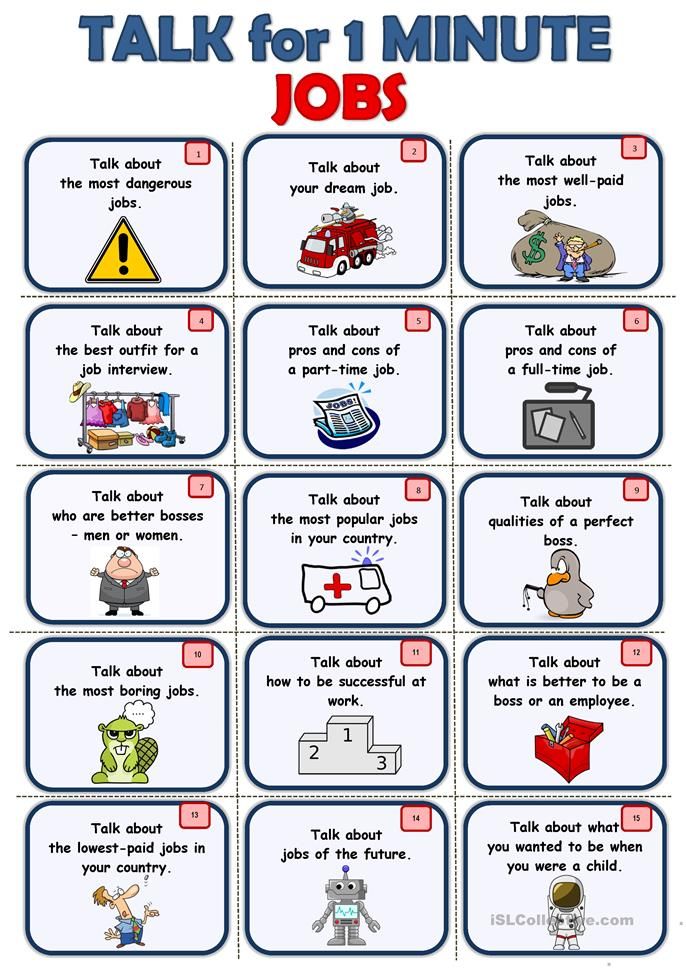
Poor vocabulary, limited constructions used in speech, use of unambiguous words - difficulties faced by
teacher in a modern school.
It is during the lessons of the Russian language that, along with the achievement of subject results, correct, accurate and rich oral and written speech develops as an indicator of the general culture of the individual /
tasks must be combined into blocks, each of which performs its own function: vocabulary enrichment, the formation of a grammatical structure language, understanding the logic of text construction, self-compilation of a speech statement.
- In the first block , the tasks are aimed at enriching the vocabulary and forming the grammatical structure of the speech of younger adolescents.
- In the second block tasks are aimed at understanding the logic of text construction.
-
Dictionary
Tasks.
1.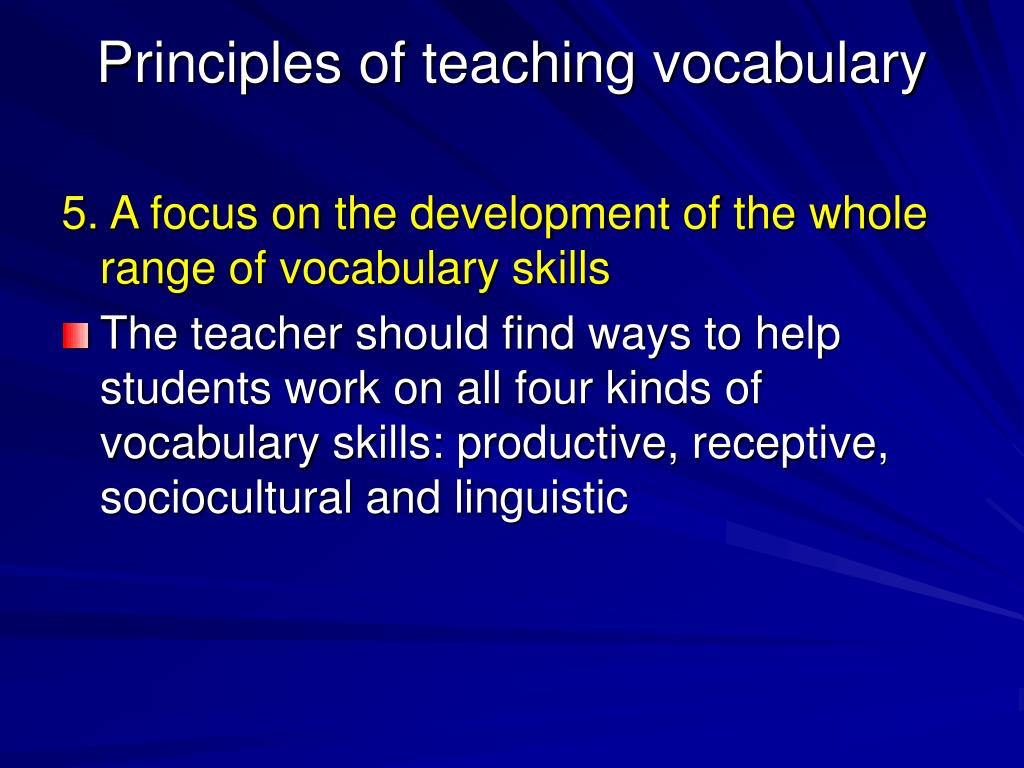 Make a list of words included in the thematic group "Cosmos" (for example, astronaut).
Make a list of words included in the thematic group "Cosmos" (for example, astronaut).
2. Name phraseological units that use proper names (for example, "And Vaska listens and eats", etc.).
-
Collect words
Tasks.
1. From the letters of the word "reinforced concrete" make up as many new words as possible (example: sky, tone, summer, token, forehead, knife, etc.).
Tasks.
1. Establish a correspondence between phraseological units and interpretations of their meanings. For example, table 1.
-
Making up a cluster
Task: make a cluster for the following text.
The living nature of the Earth is divided into five kingdoms: bacteria, protozoa, fungi, plants and animals. Kingdoms, in turn, are divided into types.
There are 10 types of animals: sponges, bryozoans, worms, coelenterates, arthropods, mollusks, echinoderms and chordates. Chordates are the most progressive type of animal. They are united by the presence of a chord - the primary skeletal axis. The most highly developed chordates are grouped into the vertebrate subphylum. Their notochord is transformed into a spine. Types are divided into classes. In total, there are 5 classes of vertebrates: fish, amphibians, birds, reptiles (reptiles) and mammals (animals). Mammals are the most highly organized of all vertebrates.
They are united by the presence of a chord - the primary skeletal axis. The most highly developed chordates are grouped into the vertebrate subphylum. Their notochord is transformed into a spine. Types are divided into classes. In total, there are 5 classes of vertebrates: fish, amphibians, birds, reptiles (reptiles) and mammals (animals). Mammals are the most highly organized of all vertebrates.
A cluster is a graphical form of information organization, when the main semantic units are singled out, which are fixed in the form of a diagram indicating all the links between them. It is an image that contributes to the systematization and generalization of educational material.
Principles of compilation
- It is drawn up in the form of a cluster or a model of a planet with satellites.
- The main concept, thought, is located in the center, large semantic units are indicated on the sides, connected to the central concept by straight lines.
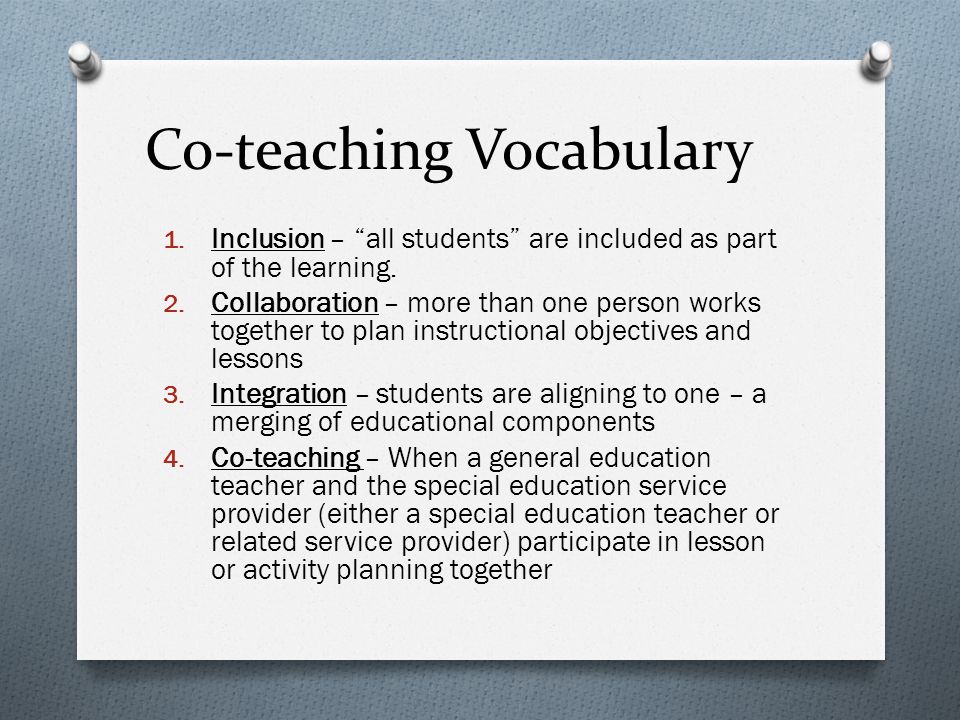
- Around the "satellites" of the central planet there may be less significant semantic units that more fully reveal the topic and expand logical connections.
Reverse text
Task: Retell the text, placing the events in chronological order.
French Revolution
On July 14, 1789, the troops of the Parisians laid siege to the Bastille - a fortress-prison inside the city. Less than a month later, on August 4, the
National Constituent Assembly abolished feudal privileges, which meant the end of the "strict regime".
The French Revolution began with the convening of the Estates General on May 5, 1789, which put an end to absolutism and feudal rule. With their work, most of the population associated the hope for an improvement in life.
On August 26, 1789, the Constituent Assembly adopted the "Declaration of the Rights of Man and Citizen" - one of the first documents of democratic constitutionalism.